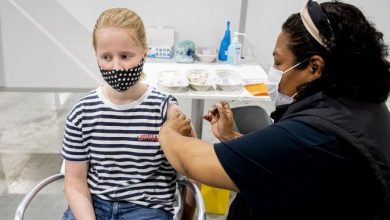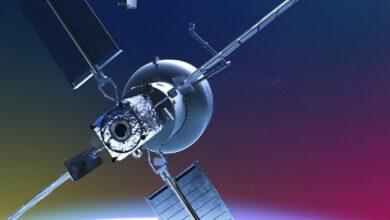Neurodiversity in the Workplace – How to Design an Office for Neurodiverse Employees?

Neurodiversity in the workplace gives neurodivergent people a chance to live a full social and professional life, while employers can leverage more talents, creativity, and non-standard thinking. To make such a landscape possible – and make it work, it is crucial to adapt an office to all its employees.
What Is Neurodiversity?
The term “neurodiversity”, which was first used in the late 1990s by Judy Singer, a journalist with ASD, is used for viewing all people, regardless of certain differences in brain functioning and behavioral patterns, as normal forms of variation*.
Types of Neurodiversity
Neurodiversity describes a group of people including neurodivergent members or individuals with certain mental or developmental neurological disorders. Some types of neurodiversity are Asperger’s syndrome, autism, ADHD, dyscalculia, dyslexia, obsessive-compulsive disorder, epilepsy, dyspraxia, hyperlexia, and Tourette syndrome**.
Neurodiversity in the Workplace – How Neurodivergent People Work?
Even though we know the answer to the question “What is neurodiversity?” and the existing neurodiversity types, neurodivergent individuals have their unique ways of working – and the majority of them need more privacy and a less distracting environment.
How to Design a Neurodiverse Workplace?
Neurodiversity in the workplace requires a safe space that will not trigger anxiety and aggravate mental fatigue and irritability. Neurodiverse employees need more support because of their higher sensitiveness to stimuli***.
Zones without Sensory Stimuli
Noise pollution and visual distractions such as displayed office supplies, decorations, or clutter should be minimized in areas occupied by neurodiverse employees.
Take Care of the Private Space of a Neurodiverse Person
Individuals of all types of neurodiversity require some privacy, which is not always available in the office environment. Compact soundproof work pods such as hushWork.sit&stand are a convenient option for office adaptations to the needs of neurodiverse staff.
Incorporate Adequate Lighting in the Office
Neurodivergent employees feel better in rooms with natural light rather than fluorescent lighting. Thus, it is reasonable to position their desks closer to the windows. At the same time, it is important to create special zones with low light in meeting rooms.
Remember about Regular Movement and Exercise of Your Employees
The ability to move and perform physical exercises during a working day can boost your employees’ productivity and improve their well-being.
Put Important Information in Prominent Places
Crucial information should be effectively communicated and displayed to neurodivergent employees.
Arrange for Good Air Circulation and Adopt Plants in the Office
Green plants can reduce anxiety and improve air quality in the office, which in turn enhances productivity, while proper air circulation is necessary for the overall well-being of all employees.
* https://www.webmd.com/add-adhd/features/what-is-neurodiversity
***https://www.dialogue.co/en/blog/5-ways-to-build-a-better-workplace-for-neurodivergent-employees




